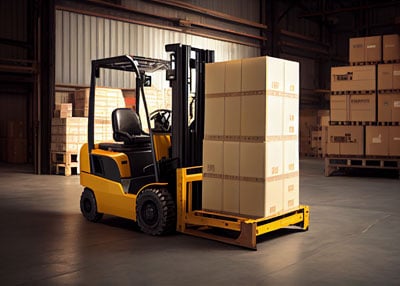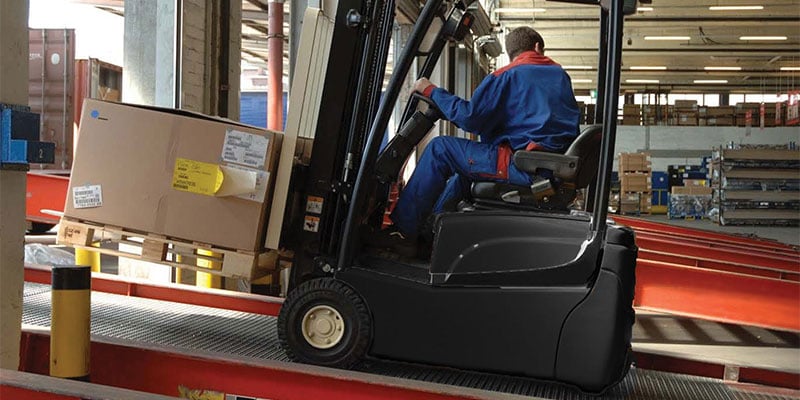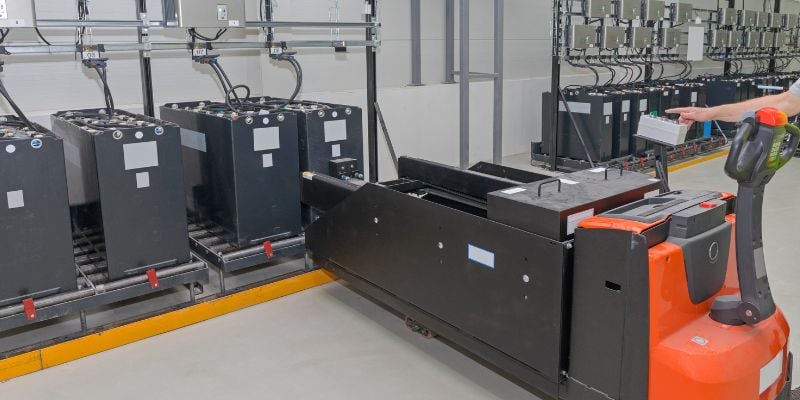When considering the cost of a battery over its entire life, 4 factors should come into play: Value, Capacity, Voltage, and Cycle Life. The real cost of a battery, or any consumable product, is dependent upon significantly more that the actual price tag. How well is the product (in this case your battery) built? How much performance can you expect from your battery and for how long? What are the inherent limitations of the battery style I am considering? Let’s take a closer look.
Value
A natural reaction when making any purchase is to look at initial cost, however frequently replacing that bargain-priced battery will cost you much more in the long run. Lead-acid batteries are affordable, reliable, recyclable, and proven; but will require regular maintenance and weigh noticeably more. AGM (Absorbent Glass Mat) batteries offer low internal resistance, long service life, high current delivery, and extremely low maintenance. Their downside is the higher cost per amp-hour than flooded batteries. Lithium-ion batteries have the highest power density and require extremely low maintenance, but are prone to fires, cost the most, and are rarely recyclable.
Capacity
Battery capacity measures the amount of energy stored in the battery. This rating is dependent on the discharge rate, the voltage required, operating temperature and self-discharge of the battery. As your discharge rate increases, your capacity will decrease due to the current transferring discharge; and as your load decreases, your capacity will decrease due to self-discharge of the cell. Having the right battery for your particular application will play a huge factor on the capacity needs of your battery. The size and cost of a battery will vary in proportion to the capacity of the battery pack.
A pack should be replaced when the capacity drops to 50%; however, the end-of-life threshold can vary according to application and preference. Measuring the remaining capacity of your battery should be done every three months for industrial applications.
Voltage
In very general terms, voltage is the electrical equivalent of force or power. More volts means more energy (power) to run a vehicle or machine. It might seem like a good idea then to install a battery with as much voltage output as possible. Not so fast. Overpowering your equipment with a high voltage battery will not make it run faster or longer. In fact, you will only be wasting power supply, shortening the life of your equipment, and spending dollars in uncaptured energy reserves. While a little power (voltage) in reserves is fine, going way beyond capacity will only cost you more to recharge spent batteries and replace prematurely worn equipment in the long run.
Cycle Life
The most critical consideration in the cost of a battery is cycle life, which refers to the number of discharge/charge cycles the battery can provide. Batteries from different manufacturers may have similar capacity, energy content, and weight; but design, materials, process, and quality influence how long the battery will cycle. Key factors affecting cycle life are time, the depth of discharge, and the number of charge-discharge cycles completed.
The cycle life depends on the depth of discharge and assumes that the battery is fully charged and discharged each cycle. If the battery is only partially discharged each cycle, then the cycle life will be much greater. As we advised in our last blog post, never discharge batteries below 80% depth of discharge.
There are many aspects to determining the cost of batteries beyond the actual price.
- Does the construction style fit your use application?
- Will your demands over-drain the capacity of the battery?
- Are you overpowering your equipment, wasting available energy?
- Will your use habits shorten the cycle life of your battery?
The biggest factor to consider though is whether you have the right battery for each application. Having the right battery will help you reduce your costs by avoiding early replacement, energy waste, or equipment fatigue.












